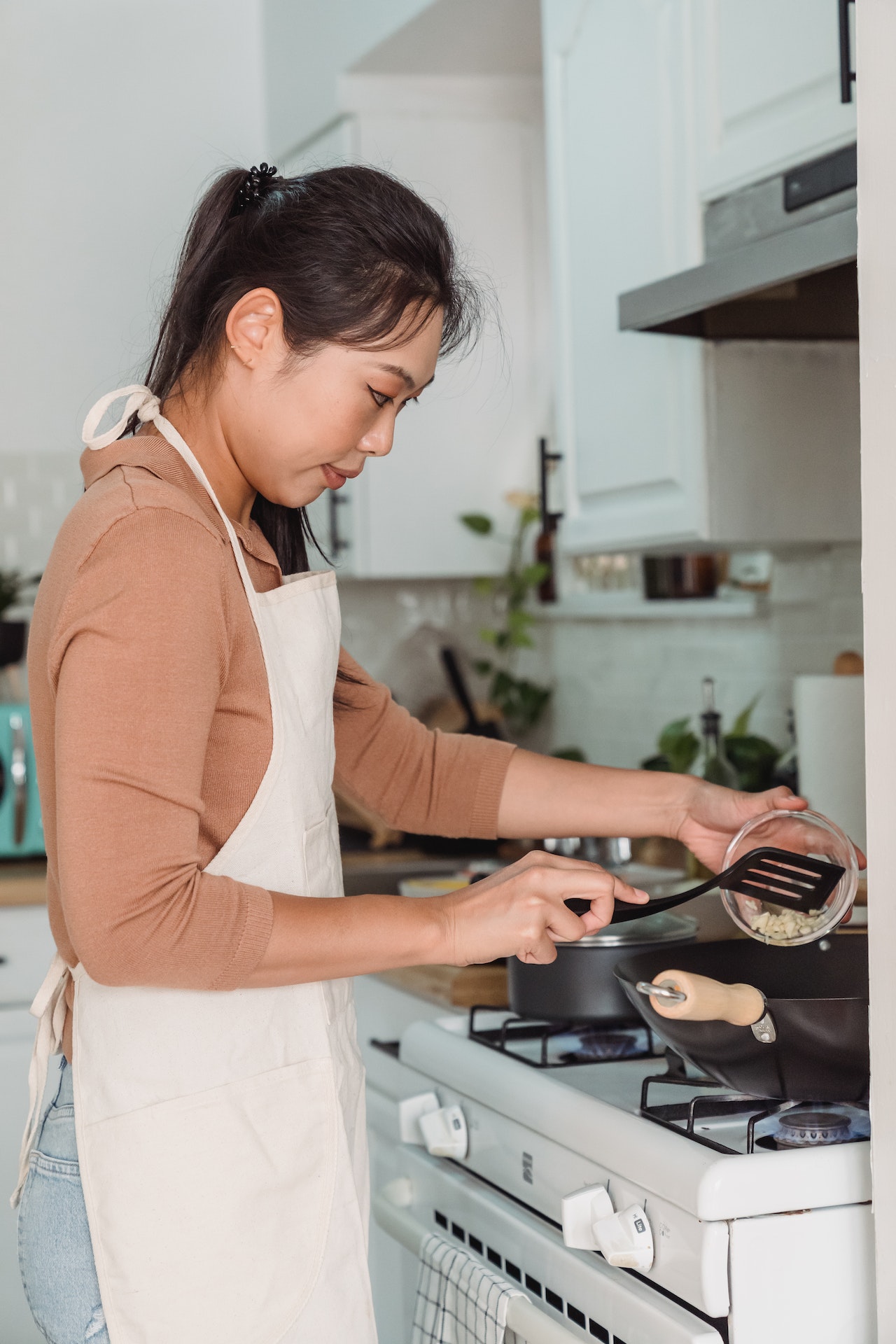
A creative and entertaining way to express yourself is through cooking. However, when it comes to cooking, safety should always come first. These six kitchen safety tips will help any home cook avoid mishaps and injuries.
Maintain Your Knives
Kitchen knives are necessary for any home cook, so it’s crucial to maintain them and keep them sharp. Due to the additional force needed to cut through food with dull blades, there is a greater chance that you will slip and inadvertently cut yourself. Keep your knives sharp and use the appropriate knife for the task at hand to avoid accidents. You can read articles about kitchen knives to learn which knives are best for your food prep and cooking needs.
The appropriate storage of your knives is also crucial. A further precaution is not to leave your knives in the dishwasher or sink after washing them because doing so increases the possibility that you will cut yourself by accident.
Clean Up Spills Immediately
Spills and splatters happen frequently in the kitchen, and cleaning them up right away is crucial. Accidental spills can create hazardous circumstances, which can increase the risk of injuries such as slips, falls, and broken bones. Use a paper towel or a moist cloth to mop up any spills as soon as they occur to reduce the likelihood of accidents. If much liquid is spilled, thoroughly clean the area with a mop.
When using oil in the kitchen, you should exercise extreme caution because it can cause surfaces to become slippery and difficult to clean. When working with oil, it is recommended to use a splatter screen to prevent any accidental spills or splatters from occurring.
Keep Fire Extinguishers Accessible
In every single kitchen, there is a significant risk of fire. It is essential to keep flammable things such as dishcloths and oven mitts away from the stove to reduce the risk of a fire. Always keep a close eye on the stove, and never walk away while food is cooking without checking on it.
It is crucial to keep a fire extinguisher in a location that is easily accessible in the kitchen in the event of a fire. Make it a point that every home member is aware of the fire extinguisher’s location and how it should be used. But keep in mind that putting out fires should never come before your safety.
Use Oven Mitts or Pot Holders
Protecting oneself from burns and other injuries is critical by using oven mitts or pot holders whenever one handles hot cookware. When taking hot objects out of the oven or off the stove, you should always use oven mitts or pot holders to protect your hands. Because wet or damp oven mitts or pot holders might increase the danger of getting burned by steam, you should avoid using them.
Keep Electrical Appliances Away from Water
The kitchen cannot function without electrical gadgets like toasters, blenders, and food processors. However, they represent a threat if they come into contact with water. Always keep electrical appliances safe from water sources, such as sinks and counters, to prevent mishaps.
To further protect yourself from getting shocked by electricity, always make sure your hands are dry before plugging in or unplugging electrical appliances. If an electrical appliance is dropped into water, you should not attempt to retrieve it because doing so could result in an electric shock. Instead, remove the plug from the appliance and wait until it is entirely dry before using it again.
Store Chemicals Safely
It’s commonplace to clean the kitchen after cooking. The majority of homes have at least one container of cleaning chemicals, including bleach, ammonia, and drain cleaners. However, if not stored correctly, they pose a risk to everyone who comes into contact with them. Keep children and pets away from cleaning chemicals by securing them in a cabinet or putting them in a high location where they can’t get to them.
Additionally, it is important to avoid mixing different chemicals because doing so might produce harmful vapors, which can lead to major health issues. To prevent skin and eye irritation when using cleaning chemicals, it is crucial to constantly follow the manufacturer’s directions and always wear protective gloves and goggles.
Conclusion
Following these six kitchen safety guidelines will help you avoid mishaps and injuries while you’re preparing food. To guarantee that everyone in the family has a secure and joyful cooking experience, taking safety precautions in the kitchen is crucial.

